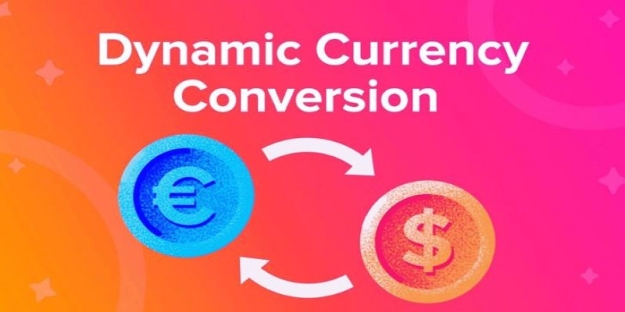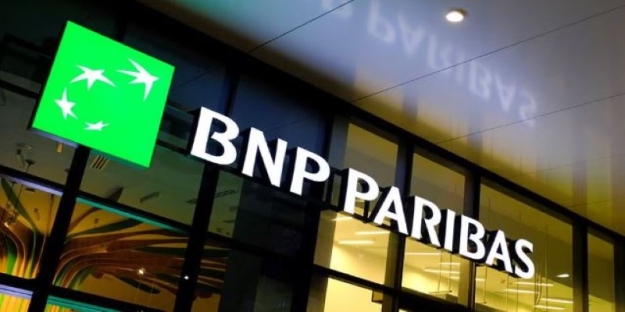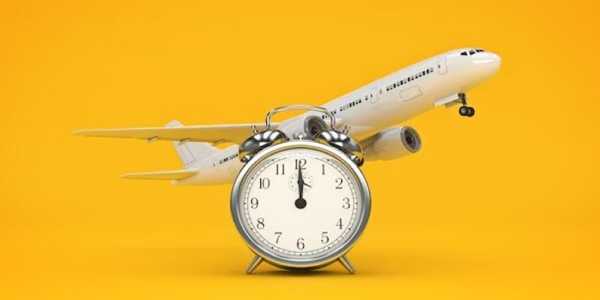How To Get The Best Rate When Exchanging Currency Abroad
Traveling abroad often comes with a hidden expense: currency exchange. Many people end up paying far more than they should because of poor exchange rates, high fees, or last-minute decisions. With the right planning and a few smart strategies, you can keep more of your money in your pocket and avoid unnecessary charges.
This guide walks through the best ways to secure favorable exchange rates, which services offer real value, and how to avoid costly mistakes.
Use Credit Cards With No Foreign Transaction Fees
One of the easiest ways to get a good exchange rate abroad is by using a credit card that doesn’t add extra charges for international purchases.
Why it works: Major card networks like Visa and Mastercard typically use interbank rates, which are close to the best you’ll get.
What to watch for: Some banks add a 2–3% foreign transaction fee. Cards like the Chase Sapphire Preferred, Capital One Venture Rewards, or American Express Gold waive this fee, saving you money on every purchase.
If you don’t already have one, consider applying for a travel-friendly card before your trip.
Withdraw Cash At Local ATMs
ATMs abroad often provide better exchange rates than currency exchange kiosks at airports or hotels.
Best practice: Use your debit card from a bank that reimburses ATM fees. For example, Charles Schwab Bank and Fidelity Cash Management refund foreign ATM surcharges.
What to avoid: Dynamic Currency Conversion (DCC). When a machine offers to charge you in your home currency, decline; always choose to be charged in the local currency.

This method is especially good for travelers who need cash for taxis, small shops, or local markets.
Compare Online Currency Exchange Services
For travelers who need a larger sum of cash before leaving, ordering foreign currency in advance can lock in a competitive rate.
Services to check: Travelex, Wise (formerly TransferWise), and Revolut often beat airport exchange counters.
Tip: Compare delivery and pickup options. Some services let you collect at the airport at better rates if booked online.
Booking in advance not only saves money but also ensures you have cash ready upon arrival.
Consider Multi-Currency Accounts And Apps
Fintech solutions are transforming the way travelers manage their finances. Services like Wise, Revolut, and Payoneer let you hold and convert multiple currencies at rates close to the interbank level.
Why people like them: Low fees, real-time exchange rates, and easy transfers between accounts.
Good for: Long-term travelers, digital nomads, and anyone who needs to receive payments in multiple currencies.
Having a multi-currency account can help you avoid repeated conversion fees while moving money across borders.
Avoid Airport And Hotel Exchange Counters
Currency kiosks in airports and hotels are convenient but almost always offer the worst rates.
How much you lose: Spreads can be 10–15% higher than interbank rates.
What to do instead: Use an ATM after you land or pre-order cash online for pickup.
Airport counters should only be a last resort if you need a small emergency amount.
Use A Prepaid Travel Card
Prepaid travel cards are an alternative for people who don’t want to use credit or debit cards abroad.
Examples: Wise Travel Card, Revolut Card, Caxton FX Card.
Advantages: You can load money at a fixed rate before traveling, protecting you against currency fluctuations.
Downside: Some cards charge loading or inactivity fees, so compare carefully before choosing one.
This option is especially useful for budgeting, since you can load only what you plan to spend.
Monitor Exchange Rates Before You Travel
If your trip is planned in advance, you can take advantage of rate fluctuations.
- How: Use rate alert tools from apps like XE Currency or Wise.
- Practical tip: When the local currency dips, buy a portion of what you’ll need.
This approach helps if you’re exchanging a large amount, such as for an extended stay or overseas tuition payments.
Split Between Payment Methods
No single method works for every situation. A good strategy is to mix:
- Credit card: For hotels, restaurants, and larger purchases.
- ATM cash withdrawal: For taxis, street vendors, or small tips.
- Prepaid/multi-currency card: As a backup option or for online payments.
This way, you always have a low-fee option available.
Check With Your Bank Before Traveling
Some banks have partnerships with foreign banks that reduce or eliminate ATM fees.
Examples: Bank of America partners with Barclays (UK), BNP Paribas (France), and Deutsche Bank (Germany).

Action step: Ask your bank about global alliances or fee waivers.
Planning this before departure can save you $5–10 per withdrawal, which adds up on longer trips.
Be Smart About Cash Exchanges
If you absolutely need to exchange cash, choose the right place:
- Best options: Local banks in your destination often provide better rates than currency exchange shops.
- Check fees: Some charge a flat commission, while others add it into the rate spread.
Always calculate the “all-in” cost rather than just looking at the advertised rate.
Example Cost Comparisons
Here’s how much $1,000 can cost depending on where and how you exchange:
- Airport counter: $850 equivalent after fees and poor rate.
- ATM with a regular bank debit card: $970 equivalent, plus a 3% fee.
- ATM with no-foreign-fee card: $990 equivalent.
- Wise/Revolut transfer: $995 equivalent.
These numbers vary, but they show the impact of choosing the right method.
FAQs
Is it better to exchange money before traveling or after arriving?
It depends. If you can order cash online at a good rate, do it before leaving. Otherwise, ATMs abroad often beat exchange counters.
Should I pay in local currency or my home currency?
Always pay in the local currency to avoid dynamic currency conversion, which inflates costs.
How much cash should I carry abroad?
Enough for taxis, tips, and emergencies. Rely on cards for most purchases to avoid carrying large amounts.
Conclusion: How To Get The Best Deal
The best strategy is to plan ahead and combine different methods. Use a no-foreign-fee credit card for most purchases, rely on fee-free ATM withdrawals for local cash, and consider multi-currency accounts if you travel frequently.
Avoid exchanging money at airports or hotels and monitor rates if you need a larger sum in advance. By choosing the right mix of services, you can save hundreds of dollars per trip and get far more value from your money abroad.
Was this helpful? Share your thoughts
- Learned practical methods
- Solved my questions
- Inspired new ideas
-
![27 Best Beach Destinations For A Relaxing Getaway]() 27 Best Beach Destinations For A Relaxing Getaway
27 Best Beach Destinations For A Relaxing Getaway -
Ever wondered which beaches truly deliver peace, not just picture-perfect views? The world is full of seaside vacation spots, but some stand out for their calm atmosphere, easy access, and unique charm. Whether you dream of clear blue waters, fine white sand, or quiet coastal villages, here are 27 of the best beach destinations for travelers looking for a peaceful beach retreat.
Explore More
-
![Don’t Book A Flight Before You Read This Secret Guide]() Don’t Book A Flight Before You Read This Secret Guide
Don’t Book A Flight Before You Read This Secret Guide -
Searching for flights can be overwhelming. Prices change constantly, hidden fees add up, and sometimes the “cheapest” option isn’t the best deal. The truth is, most travelers end up paying more than they should. This guide breaks down proven strategies and tools that will save you money, help you choose smarter, and make sure you get the most value before booking your next flight.
Explore More



